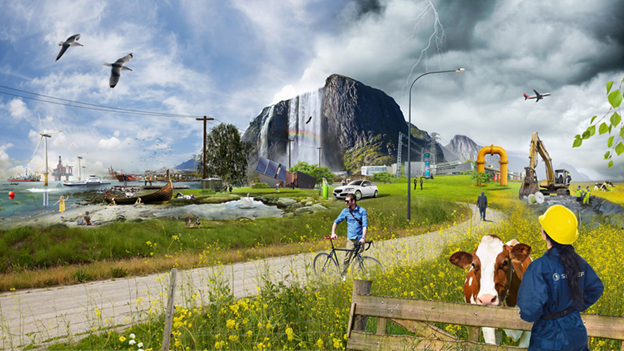EnerSea seeks to assess the seafood industry’s energy needs and access to energy resources through 2040. This will be connected to planned network development and potential alternative measures and energy carriers. Additionally, a socio-economic evaluation will be conducted to determine whether the current regulatory and financing arrangements for energy access align with the industry’s requirements.
In 2022, the seafood industry contributed to export-oriented value creation equivalent to over 150 billion Norwegian Krone (NOK), employing over 50,000 individuals, and playing a significant role in sustaining vibrant local communities along the entire coastline. At the same time, the industry is a substantial consumer of energy, serving various consumers, from onshore industrial facilities to nearshore aquaculture installations, service vessels, and deep-sea fishing vessels.
A substantial portion of today’s energy demands are met with emissions-intensive fossil fuels, often due to the absence of viable green alternatives. Despite the industry’s welcome stance on green transition and electrification, there are already considerable challenges associated with the fact that many existing and planned electrification projects are located in areas with limited capacity in local distribution networks and/or associated regional networks.
Under Energy Act §§ 3-3 and 3-4, the local grid operator in an area has the obligation to connect new consumption and production. However, the current regulatory and financing scheme for network development by the Norwegian Water Resources and Energy Directorate (NVE) requires consumers themselves to cover the costs of necessary grid upgrades through connection fees.
This can be particularly challenging along the coast where there are fewer entities to share these connection fees. As a result, several electrification projects that initially offer positive climate effects may not be economically viable to implement.
Several studies have been conducted in the past on energy use for both the fishing fleet and the aquaculture industry, as well as assessments of the industry’s carbon footprint, and numerous pilot projects for green energy access for the fleet and facilities. However, there has been limited analysis of where along the coast the energy demand exists today and in the future, and what (lacking) infrastructure will be required to meet this demand and contribute to the green transition through electrification or the use of green alternative energy carriers.
The project will, through investigations, interviews, literature reviews, and analyses, document the seafood industry’s needs for and future access to renewable energy through 2040, as well as barriers to network access and alternative energy sources and carriers.

